 推薦消息更多>>
推薦消息更多>>稀相氣力輸送系統的類型及特點介紹
- 來源:http://www.4wpk.cn/ 日期:2023-11-24 發布人:admin
稀相氣力輸送系統有三種類型,分別是正壓稀相氣力輸送系統、負壓稀相氣力輸送系統和正壓-負壓組合稀相氣力輸送系統。它們分別有什么特點呢?讓我們一起來了解:
There are three types of dilute phase pneumatic conveying systems, namely positive pressure dilute phase pneumatic conveying system, negative pressure dilute phase pneumatic conveying system, and positive pressure negative pressure combination dilute phase pneumatic conveying system. What are their respective characteristics? Let's learn about:
正壓稀相氣力輸送系統用于將散裝材料從一個或多個來源輸送到一個或多個目的地。在中長距離和更大的容量比使用的較多。簡易的正壓稀相氣力輸送系統包括:旋轉閥、管道系統、增強彎管、過濾器接收器和正排量(羅茨型)鼓風機。
A positive pressure dilute phase pneumatic conveying system is used to transport bulk materials from one or more sources to one or more destinations. More used in medium to long distances and larger capacities. A simple positive pressure dilute phase pneumatic conveying system includes: rotary valve, pipeline system, reinforced elbow, filter receiver, and positive displacement (Roots type) blower.
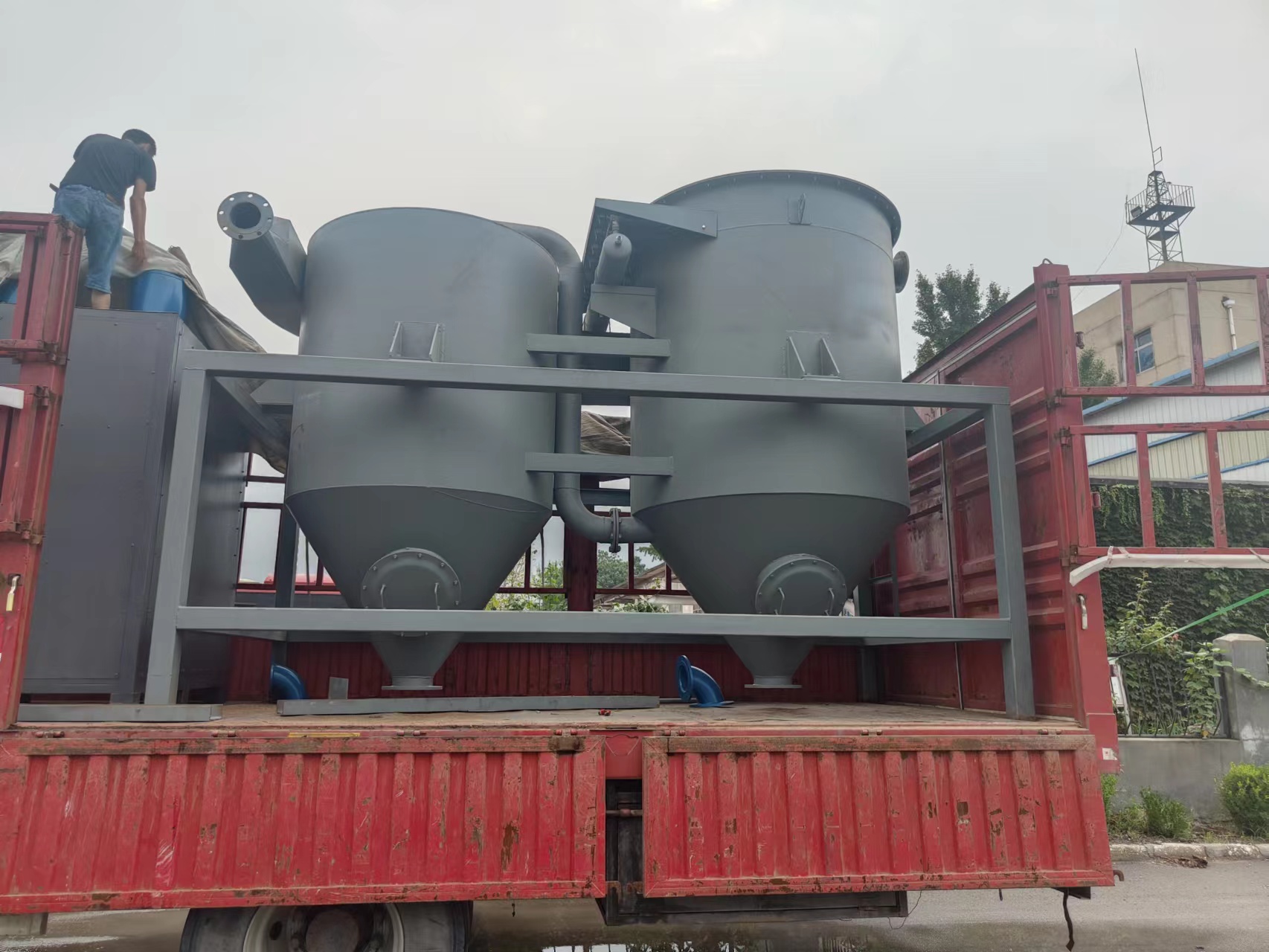

物料通過一種特殊的加料裝置(通常是旋轉閥氣閘或文丘里管)進入壓力較高的輸送線。物料經常懸浮在氣流中,根據顆粒的大小和密度以相對較高的速度移動。懸浮物料-空氣流在終點站通過過濾器接收器/旋風分離器分離,或直接進入工藝容器,然后排放到下游的粉塵收集設備。在這種類型的系統中,材料不通過風機/鼓風機。這樣做有兩個好處。第一,葉輪不損壞材料。第二,風機不會受到任何材料的磨損。稀相氣力輸送系統通常在連續的基礎上運行-物料在起點不斷供應,并到達目的地不中斷。這使得稀相氣力輸送系統適合供料和連續稱重的應用。
The material enters the high-pressure conveyor line through a special feeding device (usually a rotary valve air lock or Venturi tube). Materials are often suspended in the airflow and move at relatively high speeds based on the size and density of the particles. The suspended material air flow is separated at the terminal station through a filter receiver/cyclone separator, or directly enters the process container and is then discharged to the downstream dust collection equipment. In this type of system, the material does not pass through the fan/blower. This has two benefits. Firstly, the impeller does not damage the material. Secondly, the fan will not be subjected to any material wear and tear. The dilute phase pneumatic conveying system usually operates on a continuous basis - the material is continuously supplied at the starting point and reaches the destination without interruption. This makes the dilute phase pneumatic conveying system suitable for feeding and continuous weighing applications.
正壓稀相氣力輸送系統特別適用于從單一或多個來源到單一或多個目的地輸送低的物料的物料輸送。這些系統是通用的,適用于不同的材料和壓力,管道、配件等成本較低。
The positive pressure dilute phase pneumatic conveying system is particularly suitable for conveying low materials from a single or multiple source to a single or multiple destination. These systems are universal and suitable for different materials and pressures, with lower costs for pipes, fittings, etc.
負壓稀相氣力輸送系統是指在大氣壓以下的空氣壓力下工作的系統。定量壓力(真空)通常用于輸送來自多種來源的物料,如存儲容器、工藝設備、卡車和軌道車輛。到個人或多個目的地。通過使用簡單的分流閥,負壓稀相氣力輸送系統對于多種物料輸送是很好的選擇。但是,如果有多個輸送目的地,成本也會高,因為每個目的地都必須有相應的卸料設備。
Negative pressure dilute phase pneumatic conveying system refers to a system that operates under air pressure below atmospheric pressure. Quantitative pressure (vacuum) is typically used to transport materials from multiple sources, such as storage containers, process equipment, trucks, and rail vehicles. To individual or multiple destinations. By using a simple diverter valve, the negative pressure dilute phase pneumatic conveying system is a good choice for conveying various materials. However, if there are multiple transportation destinations, the cost will also be high, as each destination must have corresponding unloading equipment.
負壓稀相氣力輸送系統通常使用抽風機提供氣流動力,通過管道將物料輸送到目的地。空氣和物料在旋風分離器的接收容器中被分離。物料直接進入輸送線,如果需要計量,需要連接計量裝置。在負壓稀相氣力輸送中,物料不會受到污染,也沒有粉塵排放到大氣中。防泄漏性能,通常是基于清潔的角度來設定的,特別是在處理有危害的物料料時。這種系統的缺點是,如果負載高或輸送距離長,必須要進行高真空設計。
Negative pressure dilute phase pneumatic conveying systems typically use suction fans to provide airflow power and transport materials to the destination through pipelines. Air and materials are separated in the receiving container of the cyclone separator. The material directly enters the conveyor line, and if measurement is required, a measuring device needs to be connected. In negative pressure dilute phase pneumatic conveying, materials are not contaminated and no dust is emitted into the atmosphere. Leakage prevention performance is usually set from a cleaning perspective, especially when dealing with hazardous materials. The disadvantage of this system is that if the load is high or the conveying distance is long, a high vacuum design must be carried out.
有了負壓氣力輸送上面的小總結,希望對廣大客戶有所幫助,如果有什么不理解的或者尋求幫助的請點擊我們的網站:http://www.4wpk.cn或者來電咨詢,我們會盡全力為您解決
With the summary above on negative pressure pneumatic conveying, we hope it can be helpful to our customers. If you have any questions or need help, please click on our website: http://www.4wpk.cn Or call for consultation, and we will do our best to solve it for you
- 上一篇: 布袋除塵器正壓除塵和負壓除塵的使用
- 下一篇: 倉頂除塵器在空氣凈化設備的使用優勢


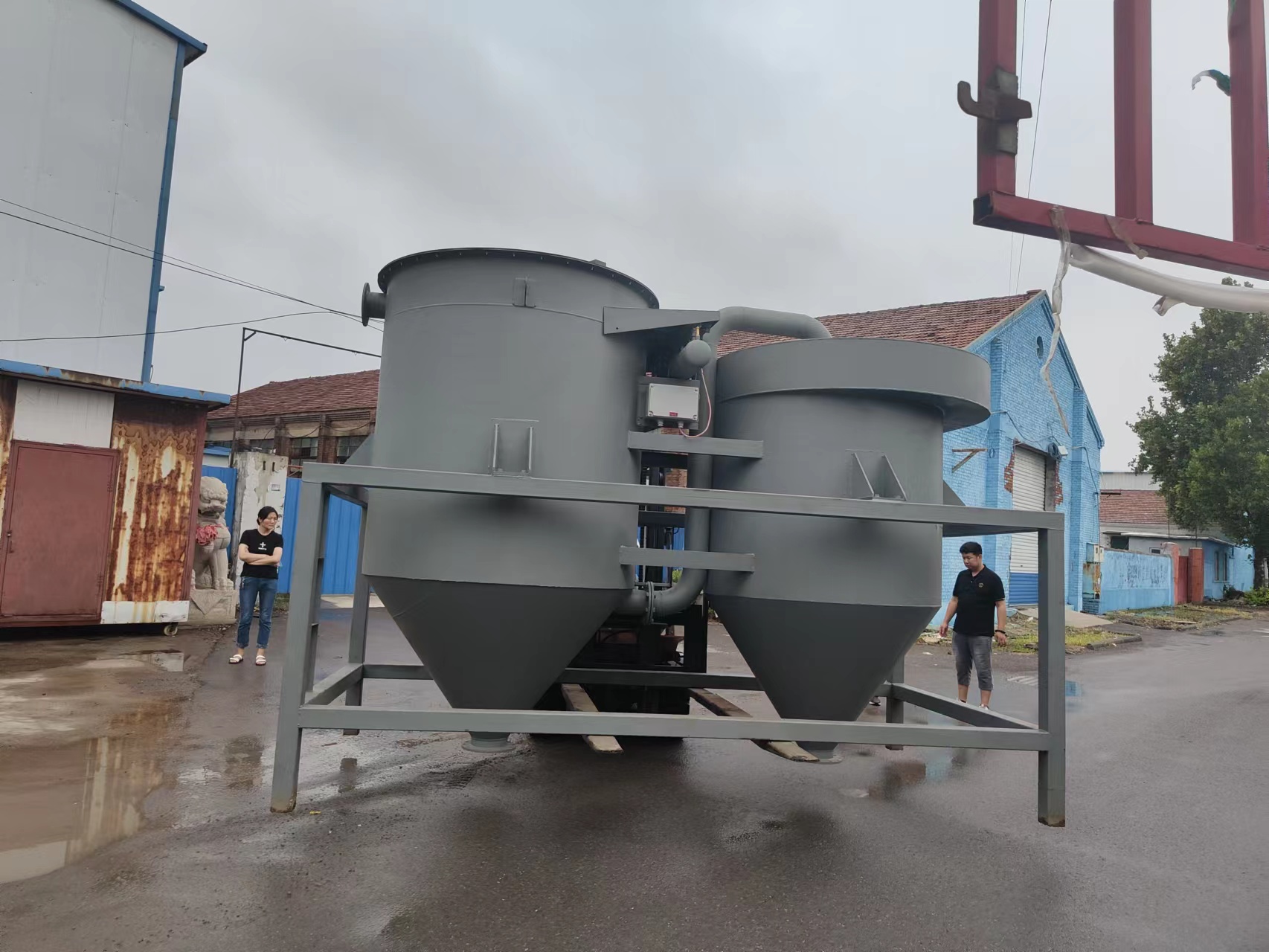
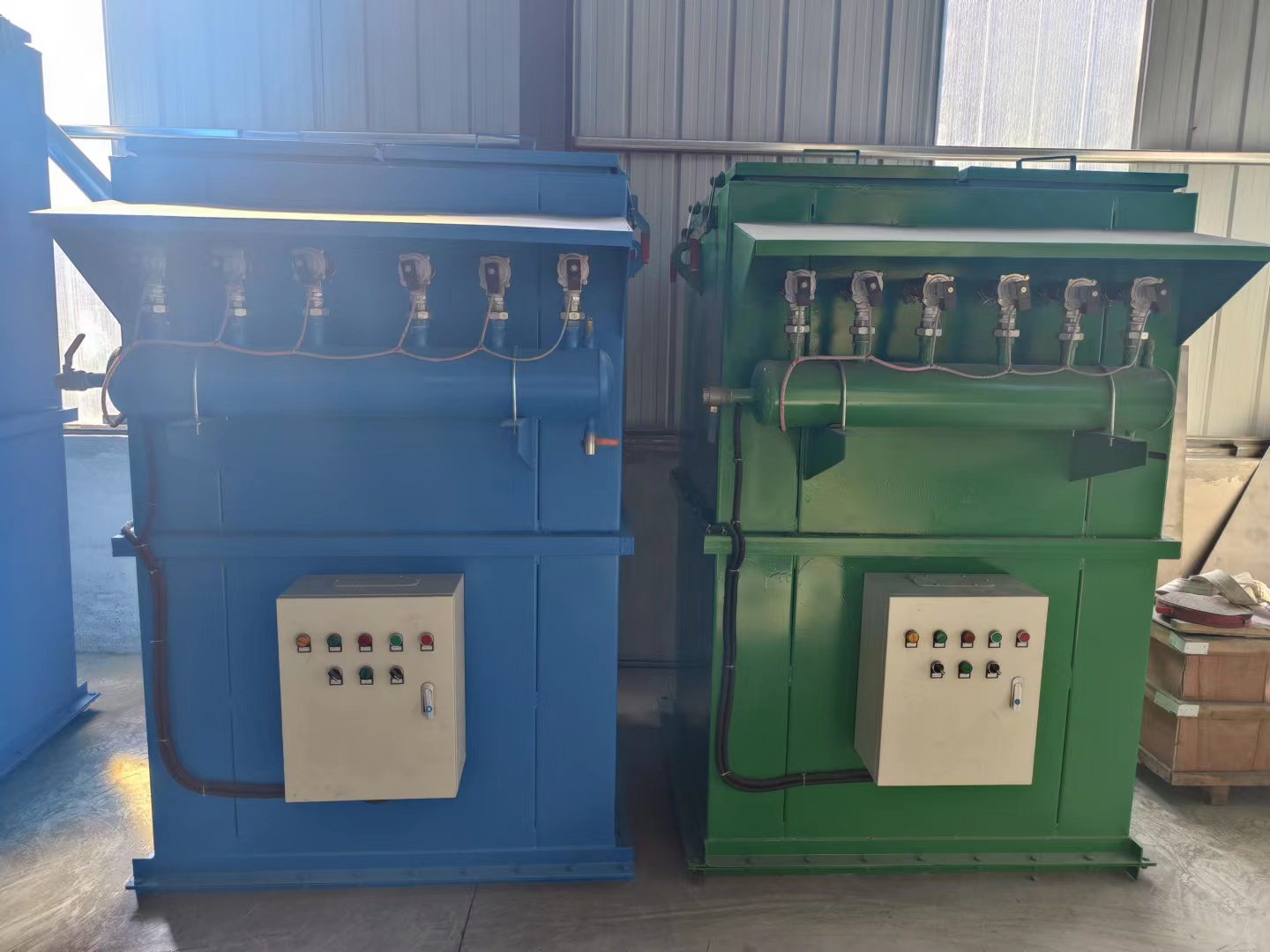
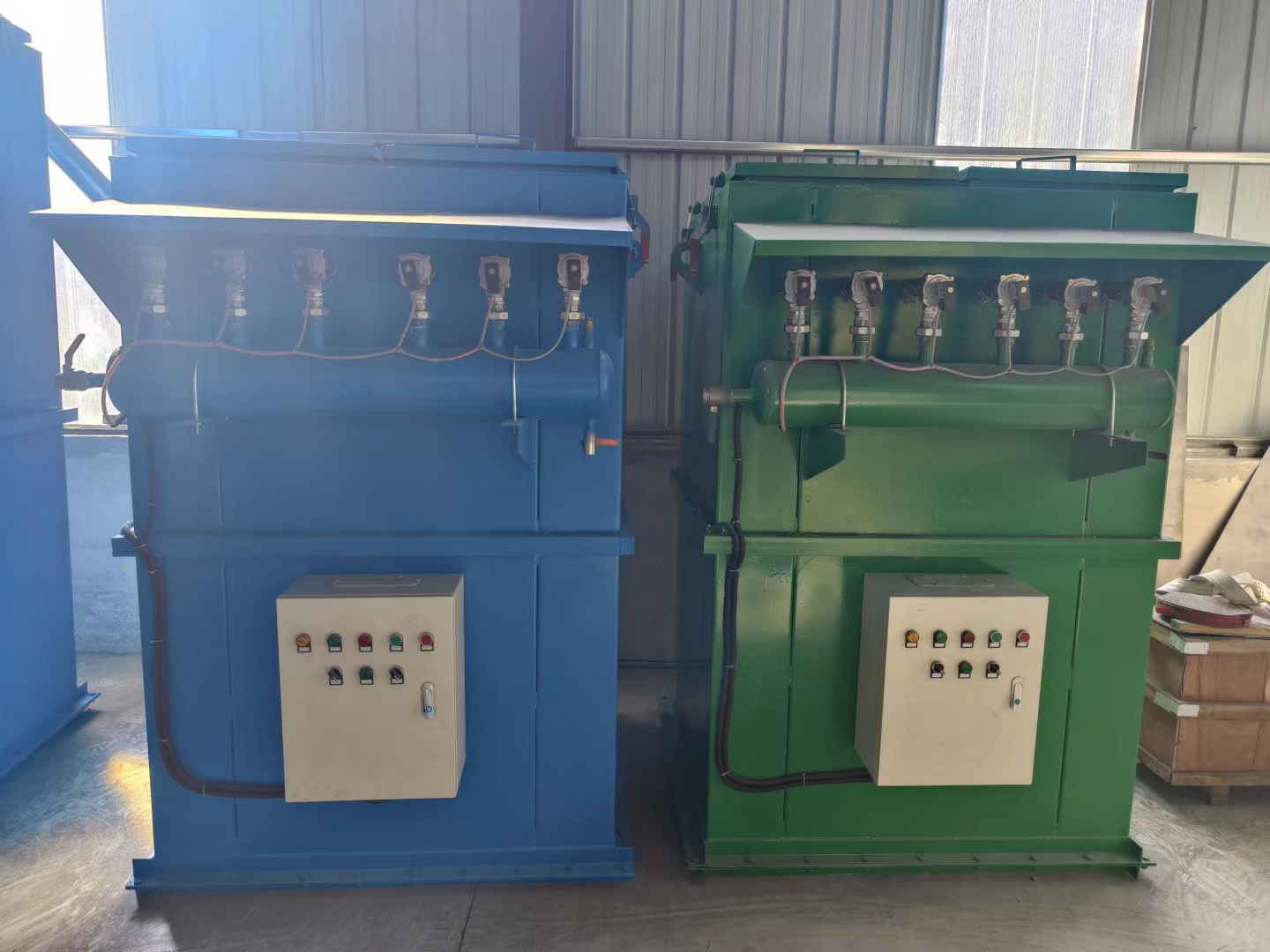
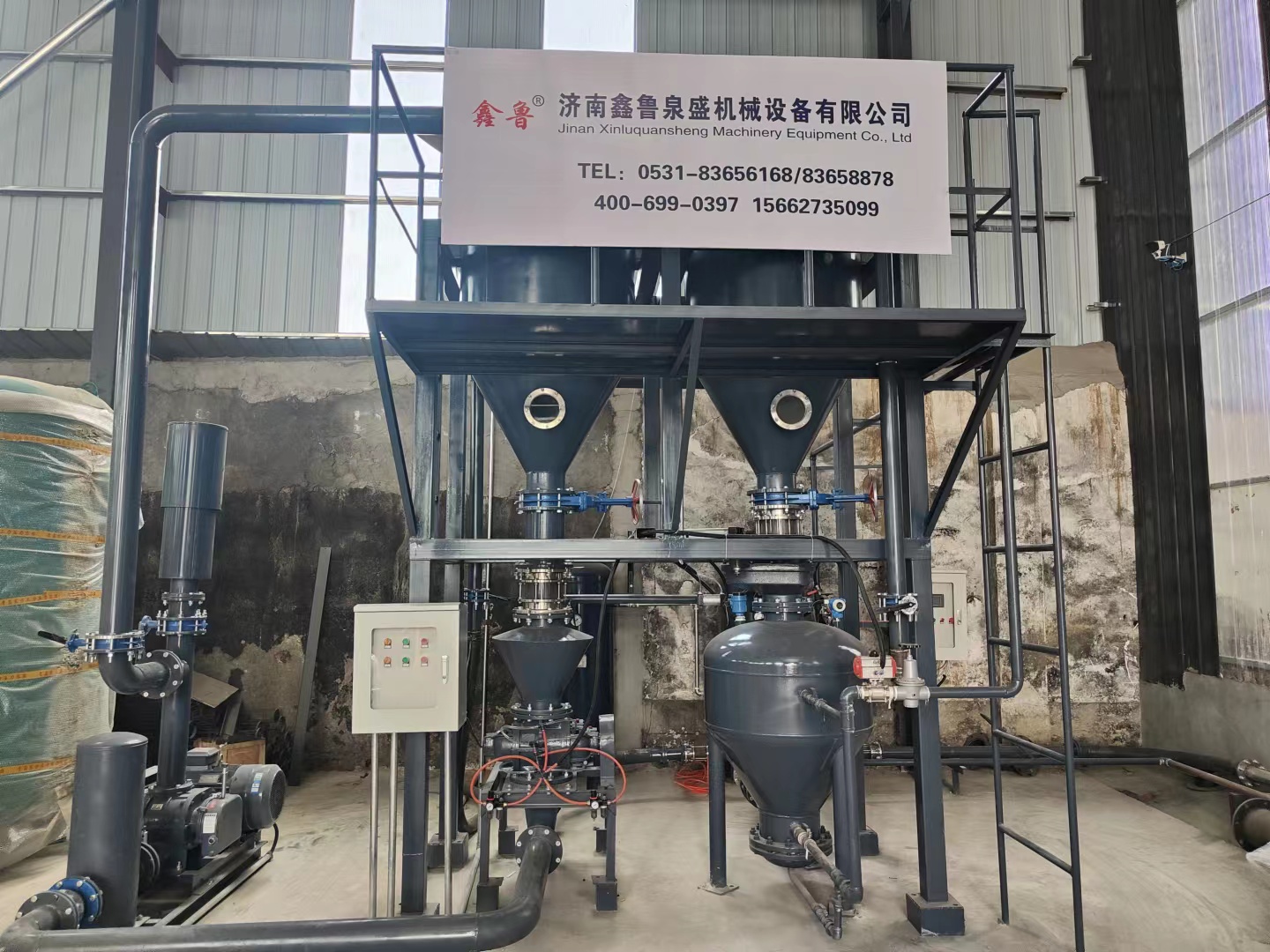
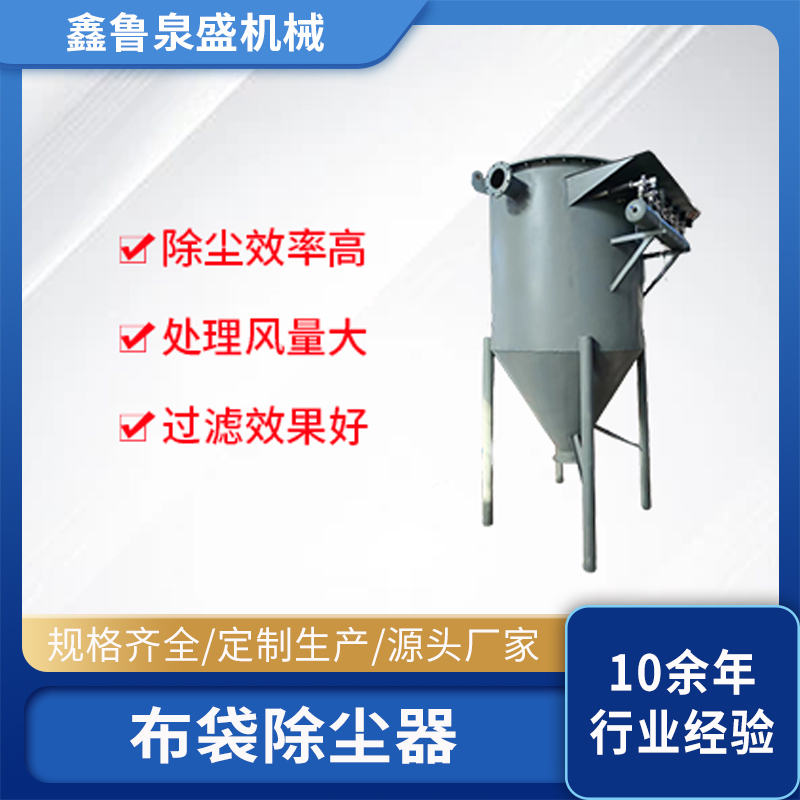
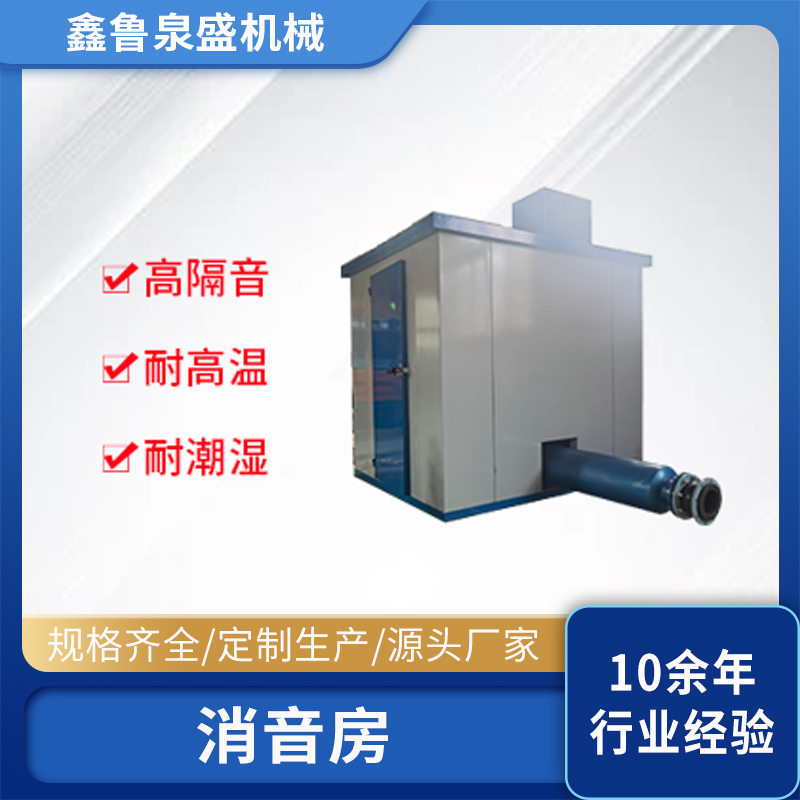
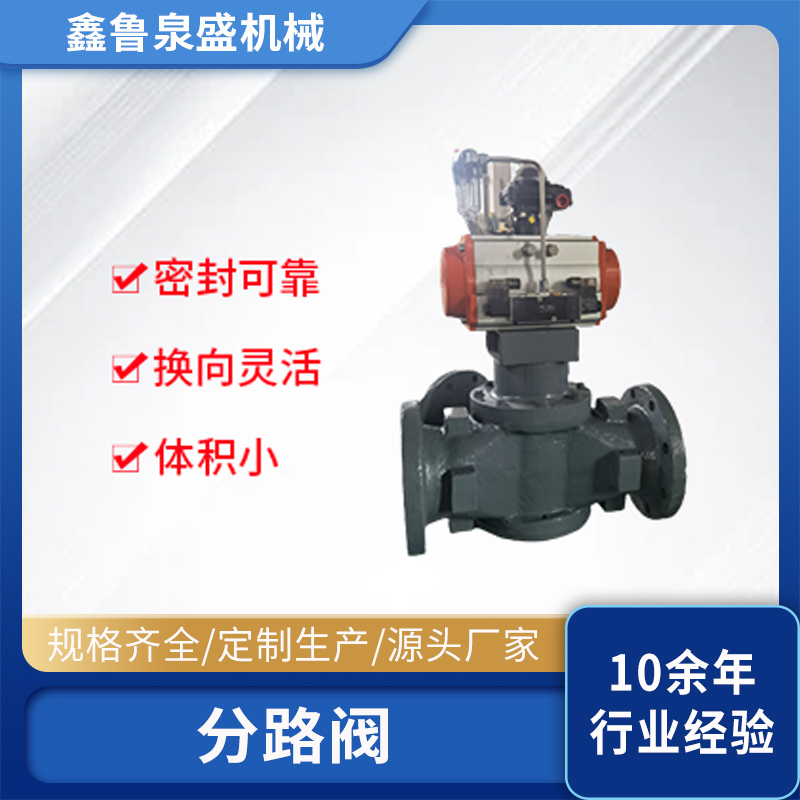
 掃碼微信溝通
掃碼微信溝通